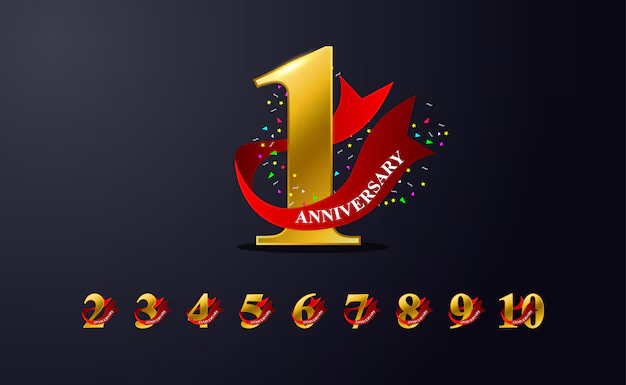Understanding Pesalema 1: A Comprehensive Overview

The exploration of ancient scripts and their significance is an enthralling field of study that continues to captivate scholars, historians, and linguists alike. One such intriguing artifact that has emerged in recent years is Pesalema 1, a document that has garnered attention for its historical and cultural implications. While much remains to be uncovered about Pesalema 1, this blog post seeks to provide a comprehensive overview, elucidating its background, significance, and the ongoing discussions surrounding it.
What is Pesalema 1?
Pesalema 1 is often categorized as an ancient manuscript or inscription, believed to date back to a period that is still under debate among historians. The term “Pesalema” itself has various interpretations based on linguistic and regional contexts, suggesting a connection to a specific civilization or cultural group. Although primary narratives surrounding Pesalema 1 are limited, the document has been identified in archaeological excavations that reflect a blend of languages and symbols, making it a unique specimen for scholarly research.
The very name “Pesalema” has etymological roots that provoke interest. It has been linked to ancient languages, suggesting that the text may serve as a linguistic bridge, providing insights into the amalgamation of cultures during its time. However, definitive translations remain elusive, with researchers providing a kaleidoscope of theories and interpretations.
Historical Context
To fully appreciate Pesalema 1, one must understand the environment in which it emerged. Archaeological findings suggest that it originated in a region characterized by significant historical transitions, possibly during a period of trade expansion, cultural exchange, or political upheaval. Such contexts are rich breeding grounds for the synthesis of ideas and languages, making Pesalema 1 a critical piece of the historical puzzle that scholars strive to solve.
Furthermore, the manuscript has been unearthed among other artifacts, some of which indicate a connection to religious practices, trade routes, or governance structures. This juxtaposition allows researchers to hypothesize about the social and political frameworks in which the document was produced, leading to discussions about its use as either a legal text, a religious script, or even a trade record.
Significance of Pesalema 1
The significance of Pesalema 1 goes beyond mere historical curiosity. Its analysis can provide invaluable insights into ancient civilizations, including their social hierarchies, belief systems, and the evolution of language. By examining the linguistic elements present in Pesalema 1, linguists can better understand the communication patterns and the integration of dialects in a historically cosmopolitan society.
Moreover, the implications of Pesalema 1 are felt in various fields of study. In anthropology, it opens avenues for discussions on cultural assimilation and identity formation. In theology, it invites examinations of ancient religions and their rituals, particularly if the text contains sacred or liturgical content. Finally, from an economic standpoint, some interpretations suggest that Pesalema 1 may reference trade agreements or economic practices, offering a lens into the commerce that thrived in the ancient world.
Current Research and Interpretations
The academic community continues to grapple with Pesalema 1, with numerous researchers dedicating their work to unearthing its mysteries. Various interpretations of the text have emerged, each driven by discipline-specific frameworks. While some scholars are focused on linguistic analysis, others are inclined toward historical context, exploring how the document interacts with known historical events and figures.
Digital humanities have also played a role in advancing the study of Pesalema 1. The application of computational linguistics has allowed for a more nuanced examination of the text, revealing patterns that would be virtually impossible through traditional methods. With the advent of machine learning algorithms capable of deciphering and contextualizing ancient languages, Pesalema 1 is under scrutiny more than ever. These technological advancements provide the academic community with innovative ways to analyze the document and present findings to a larger audience.
Ongoing Controversies and Debates
Despite the excitement surrounding Pesalema 1, the research is not without controversies. Scholars have differing opinions on fundamental aspects such as the date of its origin, the intended purpose of the text, and the authenticity of certain translations. Some argue that the document is a mishmash of various influences, while others hold that it represents a coherent linguistic and cultural identity.
The quality of preservation of Pesalema 1 is also a topic of heated debate. Some researchers suggest that the condition of the manuscript significantly affects how it should be interpreted, while others argue that a multidisciplinary approach can help mitigate these disparities. The nature of ongoing excavations and discoveries has only added layers to these discussions, with scholars striving to piece together a comprehensive narrative.
Conclusion
Pesalema 1, though shrouded in mystery, stands as a testament to the richness of human history and culture. Its significance transcends traditional academic boundaries, opening doors for interdisciplinary collaboration among historians, linguists, and cultural anthropologists. As research continues and new technologies emerge, the potential for new insights into Pesalema 1 remains vast. By delving into this document, we not only explore a piece of the past but also enrich our understanding of the complex tapestry of human civilization.
As we attempt to decode the narrative embedded within Pesalema 1, it serves as a reminder of the importance of preserving and studying our historical artifacts. Each discovery has the power to rewrite the stories of ancient cultures, fostering greater appreciation for the interconnectedness of our global heritage. In a world that increasingly values diversity, understanding our past shapes the narrative of our present and future, reinforcing the notion that history is not just a series of events but a continuum of human experience that we all share.


